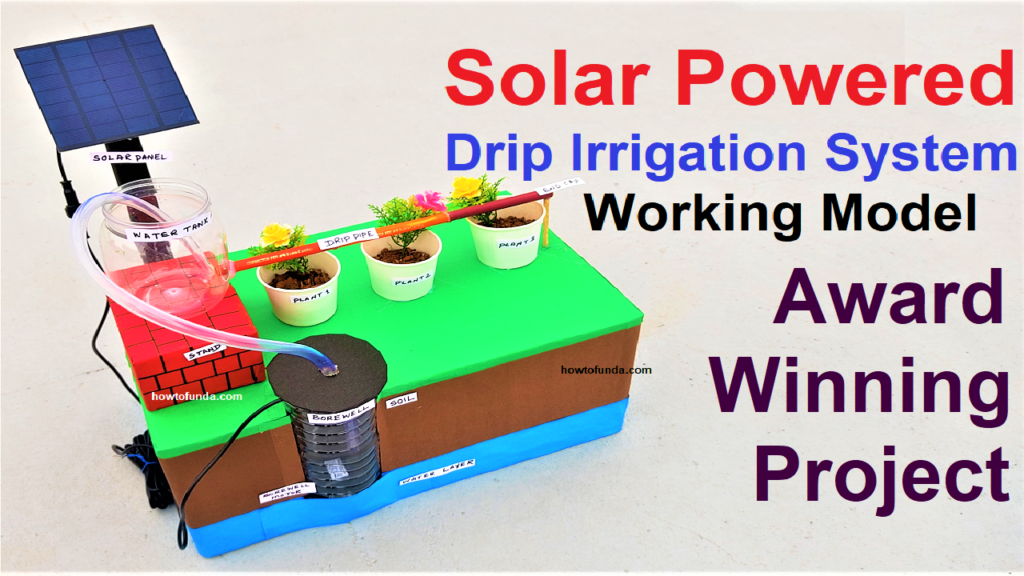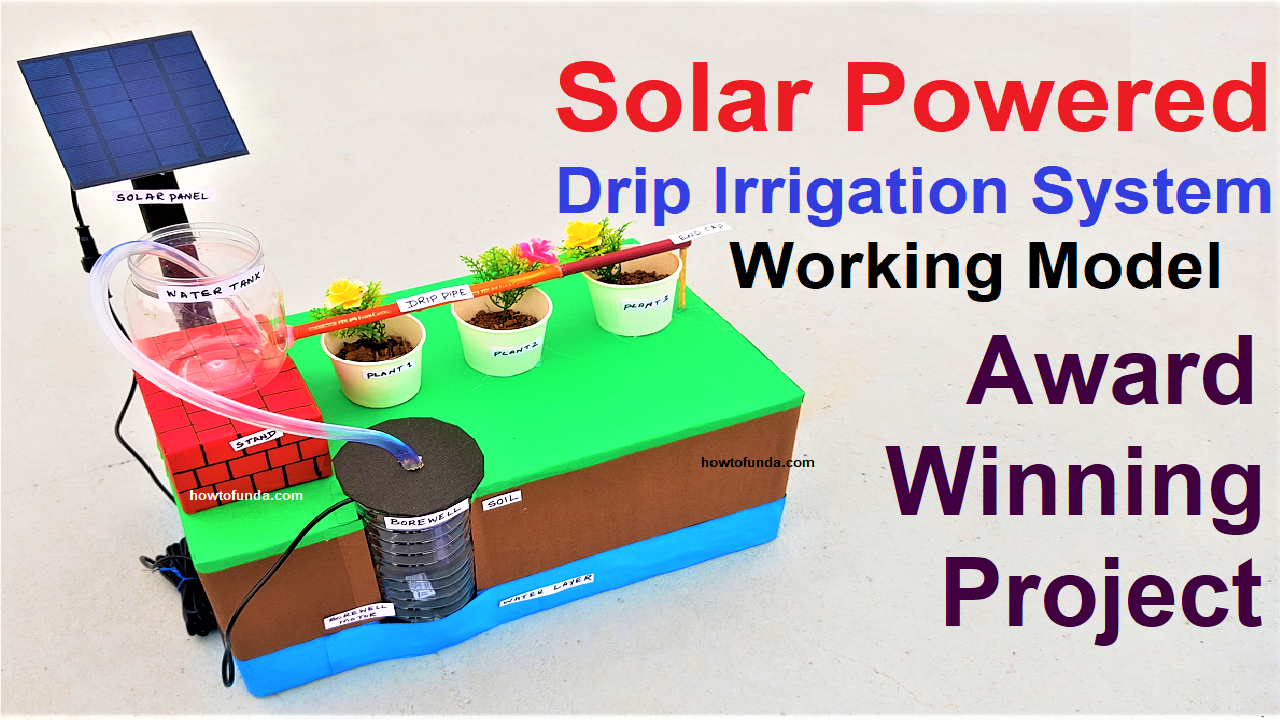
Introduction:
Ladies and gentlemen, esteemed guests, and fellow enthusiasts of sustainable agriculture,
Today, I stand before you to discuss a transformative innovation that has the potential to revolutionize agriculture and promote sustainable farming practices – the Solar Power Irrigation System.
The Importance of Agriculture:
Agriculture has been the backbone of human civilization for millennia. It provides us with the food we eat, the clothes we wear, and the raw materials for countless industries.
However, traditional agricultural practices often place a heavy burden on our environment, particularly in terms of water usage.
This is where solar power irrigation steps in to offer a sustainable solution.
The Challenge: Water Scarcity:
One of the most pressing challenges facing agriculture today is water scarcity. Climate change, erratic rainfall patterns, and the over-extraction of groundwater have left many regions struggling to secure a reliable water supply for farming.
This scarcity threatens the livelihoods of millions of farmers and the food security of entire nations.
The Solution: Solar Power Irrigation:
Enter solar power irrigation systems. These innovative technologies harness the abundant energy of the sun to pump water for agricultural use.
They are eco-friendly, cost-effective, and have the potential to transform arid lands into productive farms.
How Solar Power Irrigation Works:
- Solar Panels: Solar panels, also known as photovoltaic cells, capture sunlight and convert it into electricity.
- Pump: The generated electricity powers a water pump, typically a submersible or surface pump.
- Water Source: The pump draws water from a nearby source, such as a well, river, or pond.
- Distribution: The water is then distributed through a network of pipes or hoses to irrigate crops efficiently.
Advantages of Solar Power Irrigation:
- Sustainability: Solar power is clean and renewable, reducing the carbon footprint of agriculture.
- Cost-Efficiency: Solar energy eliminates the need for expensive diesel or electric pumps, saving farmers money in the long run.
- Accessibility: Solar power irrigation is particularly beneficial in remote or off-grid areas where conventional power sources are unavailable.
- Water Conservation: These systems can be equipped with smart technology to optimize water usage, minimizing wastage.
- Increased Crop Yields: Consistent and efficient irrigation leads to improved crop yields and food security.
Real-World Impact:
Around the world, solar power irrigation is changing the lives of farmers. In India, for example, solar pumps have empowered farmers to cultivate their lands year-round, boosting their income and improving their quality of life.
Similar success stories can be found in Africa, where solar-powered irrigation systems are helping communities combat drought and food insecurity.
Conclusion:
In conclusion, solar power irrigation systems offer a glimmer of hope in the face of the agricultural challenges posed by water scarcity and climate change.
By harnessing the sun’s energy, we can cultivate crops sustainably, alleviate the burden on the environment, and ensure a brighter future for farmers and their communities.
As we move forward in the pursuit of sustainable agriculture, let us remember that the power of the sun can truly transform the way we grow our food and safeguard our planet.
Together, we can harness the sun to nurture our fields, feed our families, and secure a bountiful harvest for generations to come.
Thank you.

